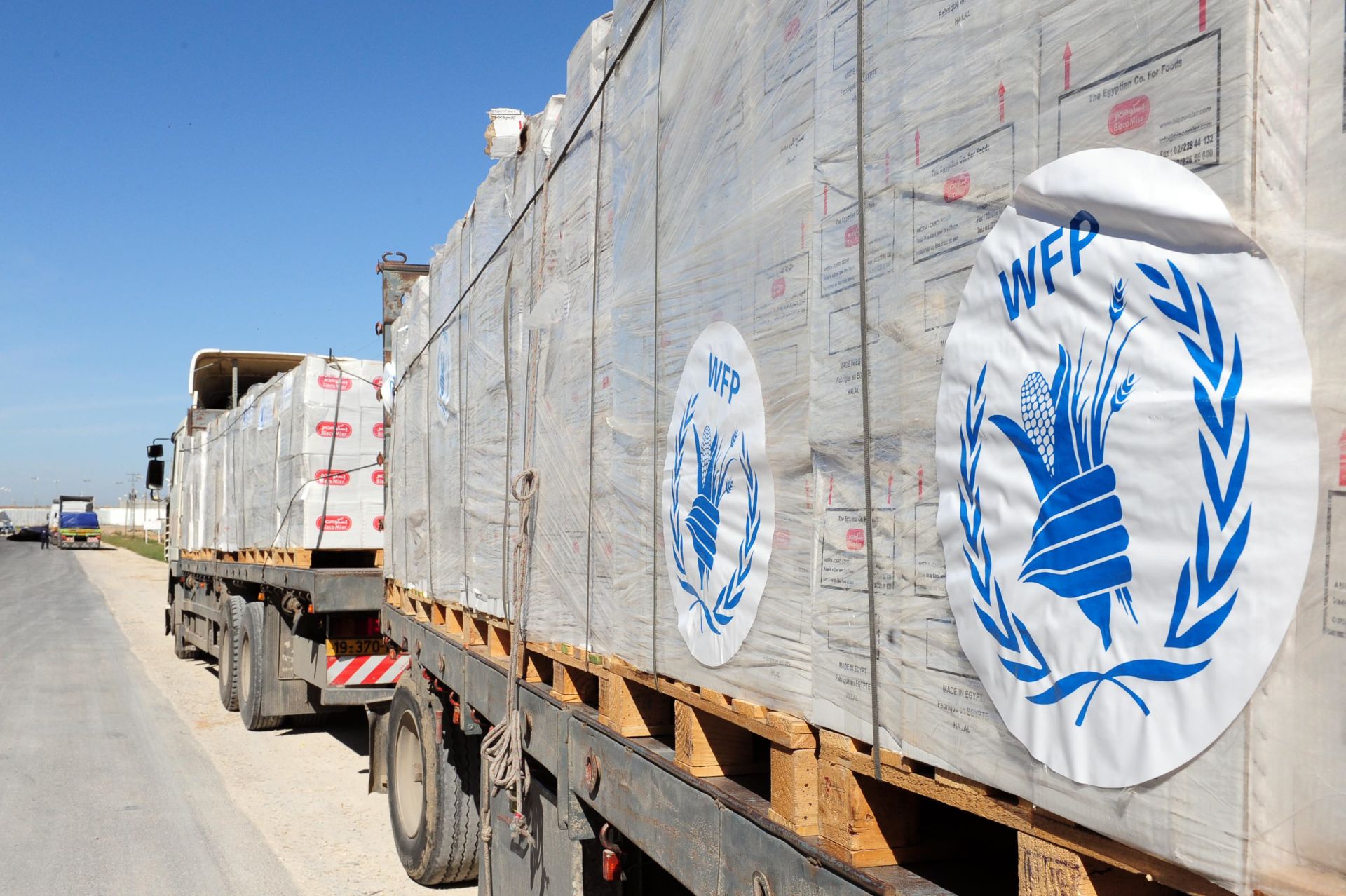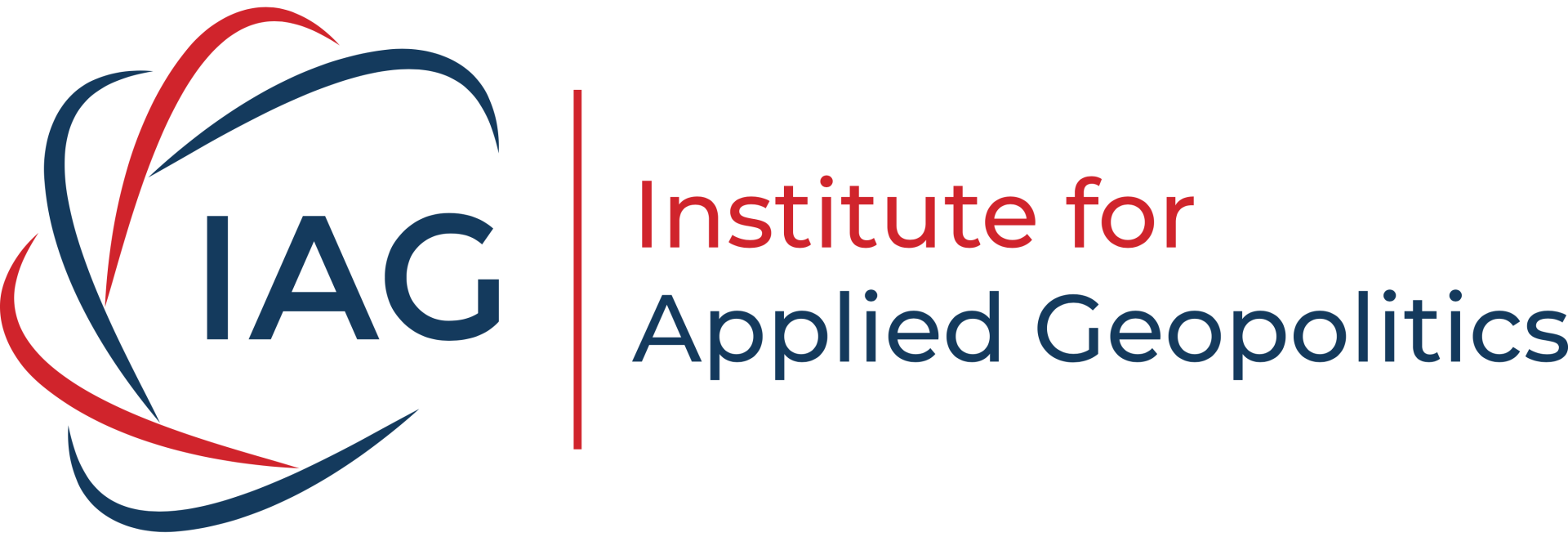Gaza-Israel Ceasefire Marks a Test for Regional Peace Efforts

Photo credit: iStock.com/chameleonseye
Intelligence Summary
On October 13, 2025, a U.S.-brokered ceasefire between Israel and Hamas formally began its initial phase, marking the first cessation of hostilities in the two-year Gaza war that began after Hamas’ October 7, 2023, attack on southern Israel. The ceasefire’s first phase centered on a large-scale prisoner and hostage exchange: Hamas released all 20 living Israeli hostages, while Israel freed nearly 2,000 Palestinian prisoners, including 250 serving life sentences and 1,700 detained without charge during the war. Four deceased Israeli hostages were also returned, with Hamas still possessing the remains of 24 additional hostages.
The agreement was signed in Sharm el-Sheikh, Egypt, by U.S. President Donald Trump and the leaders of Egypt, Qatar, and Turkey, with more than 20 world leaders in attendance. Israeli Prime Minister Benjamin Netanyahu did not attend, declining his invitation due to the proximity to a religious holiday. The signing followed Trump’s address to Israel’s Knesset, where he declared the war over and urged Israelis to pursue peace, while Netanyahu has emphasized Israel’s military strength and deterrence achievements.
The ceasefire’s implementation included Israel’s partial withdrawal from Gaza City, Khan Younis, and other areas, though troops remained in Rafah and along the border. Israel agreed to reopen five border crossings to allow humanitarian aid into Gaza, which had been largely sealed off for months. The United Nations reallocated $11 million in emergency funds to support Gaza’s recovery, yet, The World Bank and Egypt's postwar plan still estimates reconstruction costs at over $53 billion.
The U.S. plan envisions an international administration for Gaza, with Palestinian technocrats managing daily governance under oversight from a “Board of Peace” chaired by Trump and led by UK Prime Minister Tony Blair. The plan also calls for an Arab-led international security force and Palestinian police to replace Israeli troops as they withdraw. Approximately 200 U.S. troops are also in Israel to monitor the ceasefire.
Despite the celebratory tone of the summit, major issues remain unresolved. Israel insists Hamas must disarm, while Hamas demands full Israeli withdrawal and rejects foreign governance. Netanyahu opposes any role for the Palestinian Authority, which the U.S. plan envisions returning to Gaza after internal reforms. Egyptian President Abdel Fattah el-Sissi announced plans for a reconstruction conference and warned that only a Palestinian state could ensure lasting peace.
The humanitarian toll of the war remains severe. Gaza’s Health Ministry reported that over 67,000 Palestinians have been killed, most of the territory’s infrastructure has been destroyed, and that famine conditions are emerging. The United Nations described the situation as a man-made disaster. In Israel, the return of hostages brought widespread relief, though families of deceased captives accused Hamas of violating the ceasefire by withholding bodies.
Palestinian celebrations accompanied the prisoner releases in Beitunia, Khan Younis, and Gaza City, where freed detainees were greeted as heroes. Many had been held for years under administrative detention or convicted in military courts. Israel warned against public celebrations, deploying security forces to disperse crowds near Ofer Prison.
Trump’s speeches in Jerusalem and Egypt framed the ceasefire as the beginning of a “new era of harmony” in the Middle East, emphasizing reconstruction, economic development, and regional cooperation. He also made a gesture to Iran, suggesting an openness to potential future engagement despite prior U.S. strikes on Iranian nuclear sites earlier in 2025. Netanyahu, by contrast, highlighted Israel’s deterrence against Hamas and Iran’s “terror axis,” signaling differing strategic priorities between the two leaders.
Why it Matters
The Gaza ceasefire represents a key moment in Middle Eastern geopolitics, featuring the overlap of U.S. diplomacy, realignment of regional power, and fragility of the Israeli-Palestinian conflict. The agreement’s structure is brokered by Washington and guaranteed by Egypt, Qatar, and Turkey, illustrating an adjustment of regional mediation roles. By hosting the summit, Egypt’s leadership and call for a reconstruction conference reaffirm Cairo’s centrality in Arab diplomacy, while Qatar and Turkey’s inclusion underscores the normalization of their influence in Palestinian affairs.
For the United States, the ceasefire marks a reassertion of diplomatic leadership and influence in the region. Trump’s direct involvement, personal chairmanship of the “Board of Peace,” and the use of U.S. troops to monitor the ceasefire signal a return to active regional diplomacy and involvement. This decision to directly involve U.S. personnel in this conflict reflects a symbolically significant security footprint in the region, creating both deterrence and risk.
Egypt’s request for broader American engagement, including possible ground deployment, reflects regional reliance on U.S. security guarantees even amid growing multipolarity. This approach blends transactional diplomacy with strategic deterrence, leveraging U.S. military presence for stabilization while simultaneously projecting soft power through reconstruction initiatives.
However, the deal’s fragility exposes deep structural disagreements. Israel’s insistence on Hamas’ disarmament and rejection of Palestinian statehood directly conflicts with Hamas’ refusal to surrender arms and its demand for full sovereignty. The absence of both Israel and Hamas from the Sharm el-Sheikh summit highlights the gap between diplomacy and actual operational implementation. Netanyahu’s attempt to balance domestic political tensions between his coalition hardliners and public fatigue further jeopardizes the agreement. His portrayal of the war as a demonstration of Israeli strength contrasts sharply with Trump’s narrative of closure and reconciliation, suggesting differing end goals.
The humanitarian crisis further amplifies the geopolitical stakes of the ceasefire agreement. With over 67,000 Palestinians killed and Gaza’s infrastructure in ruins, reconstruction becomes both a moral imperative and a strategic instrument. The projected $53 billion rebuilding effort offers opportunities for international financial institutions and regional investors but also risks entrenching dependency for Palestine if the temporary governance remains in external hands. Egypt’s call for a Palestinian state as the only durable solution underscores the limits of ceasefire diplomacy absent political resolution.
The prisoner exchange carries symbolic and political weight across both societies. For Israel, the return of hostages restores national morale but revives debates over negotiating with militant groups. For Palestinians, the release of long-term detainees reinforces narratives of resistance and sacrifice, potentially strengthening Hamas’ legitimacy despite its battlefield losses. The contrasting public reactions, with Israeli relief versus Palestinian celebration, reflect enduring asymmetries in power and perception.
Strategically, the ceasefire also reshapes regional alignments. Turkey and Qatar’s participation signals a convergence of interests with Egypt under U.S. coordination, bridging previously competing mediation tracks. Trump’s gesture to Iran is also significant, hinting at a pote
ntial recalibration of U.S. policy and strategy. Yet, the absence of Israeli and Iranian representation at the summit further underscores persistent fault lines.
Ultimately, the Gaza ceasefire reflects a mix of war fatigue, humanitarian urgency, and renewed diplomatic effort. It offers a temporary pause in violence but not a resolution of core disputes over sovereignty, security, and legitimacy. The agreement’s success will depend on whether the guarantor states can enforce compliance and whether the U.S. can sustain engagement beyond symbolic summits. Without credible pathways toward Palestinian self-determination and Israeli security assurances, the ceasefire risks becoming another failed attempt for peace in a cycle of unresolved conflict.
Key Actors
- United States
- Israel
- Hamas
- Egypt
- Qatar
- Turkey
- Palestinian Authority

